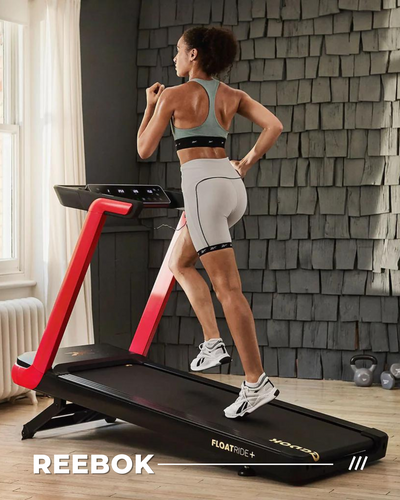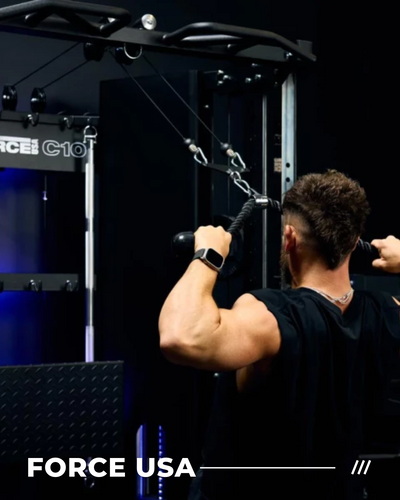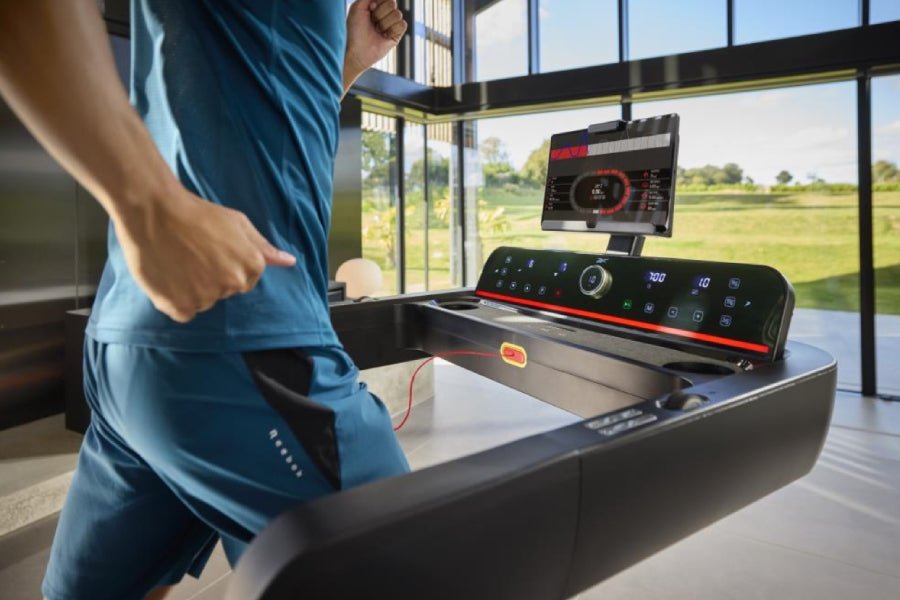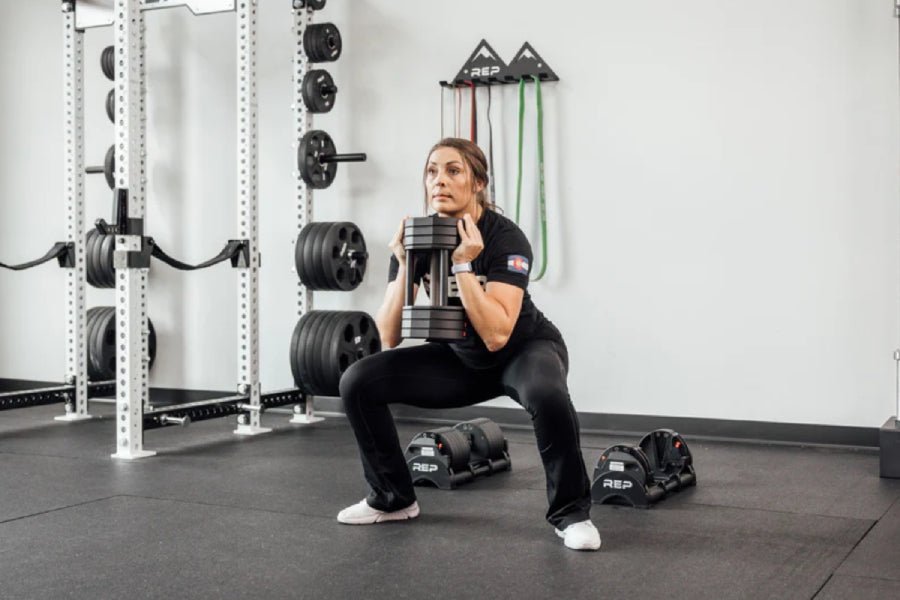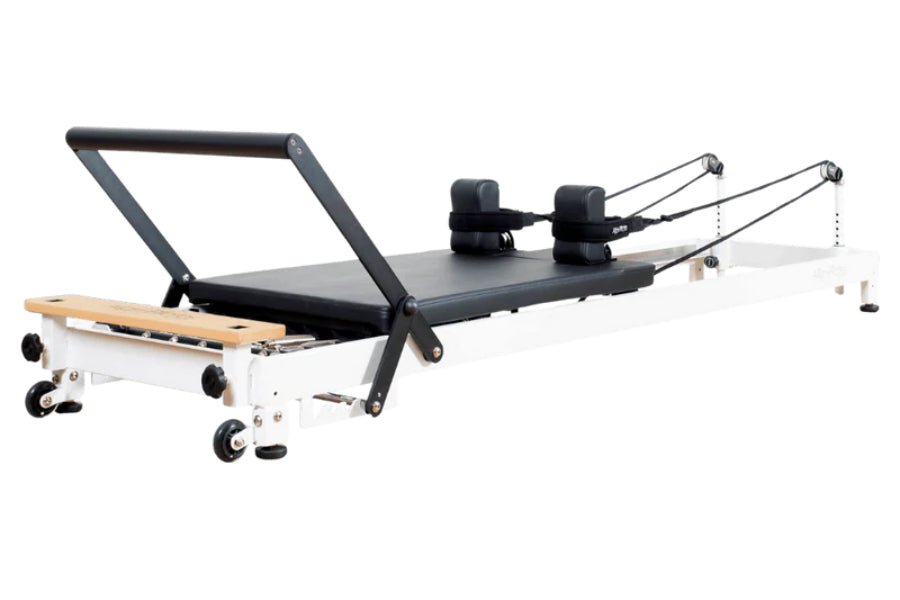Choosing The Right Pull-Up Bar For Your Fitness Level
GYMSPORTZ PTE LTD | 6 November 2024

Pull-up bars are one of the most versatile pieces of fitness equipment, perfect for achieving your fitness goals on a budget. Whether you're just starting out or already a seasoned athlete, a pull-up bar can help you build strength, endurance, and flexibility. But with so many different types available, how do you choose the right one for your fitness level?
Understand your fitness level
Before purchasing any fitness equipment, it’s essential to assess where you currently stand in terms of strength and ability. Are you just starting out, or do you already have a solid foundation of upper-body strength? Being honest about your fitness level will help you pick a pull-up bar for your home that suits your needs. If you're a beginner, you may want to start with a more basic, easily accessible pull-up bar, while intermediate and advanced users can explore more advanced models that offer additional features.
Consider the type of pull-up bar
There are various types of pull-up bars to consider, each with unique features tailored for different needs and spaces.
● Doorway pull-up bars: These bars fit between the frame of your door and are ideal for beginners. They don’t require much space, and installation is usually quick and easy. However, you should make sure the bar is sturdy and well-secured, especially if you plan to use it often.
● Wall-mounted pull-up bars: If you're at an intermediate fitness level and want a more permanent solution, a wall-mounted bar is an excellent option. It provides a more secure and stable setup than a doorway bar, allowing you to take on more challenging exercises, like kipping pull-ups or muscle-ups.
● Ceiling-mounted pull-up bars: For advanced users, a ceiling-mounted bar is often preferred because it offers the most space and flexibility. This type of bar can handle a variety of exercises, including leg raises and more complex calisthenics.
Determine the grip variety
Pull-up bars come with a variety of grips, and the type of grip you use can change the muscles you're targeting. A narrow grip will focus more on your arms, while a wider grip puts more emphasis on your back. Some bars offer multiple grip options, which is ideal if you want to switch up your routine and target different muscles. Beginners might want to start with a bar that has fewer grip options to focus on mastering form, while advanced users can benefit from having more variety in grips to challenge themselves.
Check the weight capacity
Regardless of your fitness level, safety should always come first. It’s essential to check the weight capacity of any pull-up bar you’re considering. Make sure it can support your weight, as well as any additional resistance you might want to add over time, like weighted vests or resistance bands. Many pull-up bars are designed to handle a decent amount of weight, but higher-end models may offer better durability and sturdiness, which can be crucial for more advanced exercises.
Additional features to enhance your workout
Some pull-up bars come with extra features that make them more versatile. For example, certain models include hooks or loops where you can attach work out bands for assisted pull-ups or other exercises, which is particularly helpful if you're just starting out or want to build additional strength. Others have dip bars attached, which can help you perform additional exercises like dips or leg raises. Consider what extra features might be beneficial for your current fitness level and long-term goals.
Conclusion
Selecting the right pull-up bar is about finding a balance between your current fitness level and your future goals. Whether you're starting with a simple doorway bar or looking to upgrade to a wall-mounted or ceiling-mounted option, a pull-up bar is a fantastic addition to any home gym setup. For a wide range of pull-up bars and other fitness equipment, visit Gymsportz, where you'll find everything you need to take your workout to the next level.

